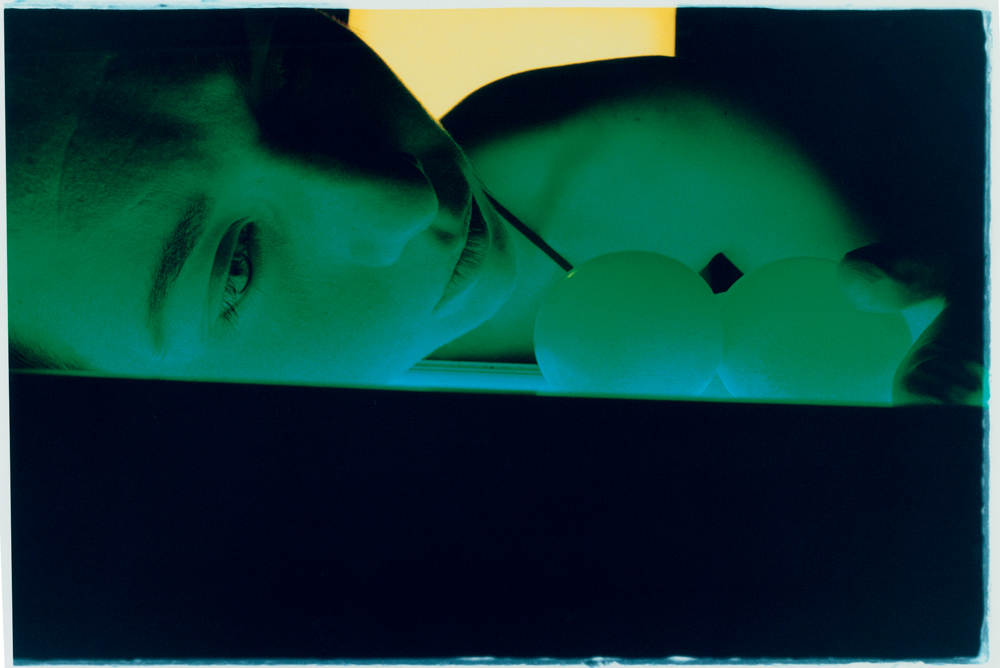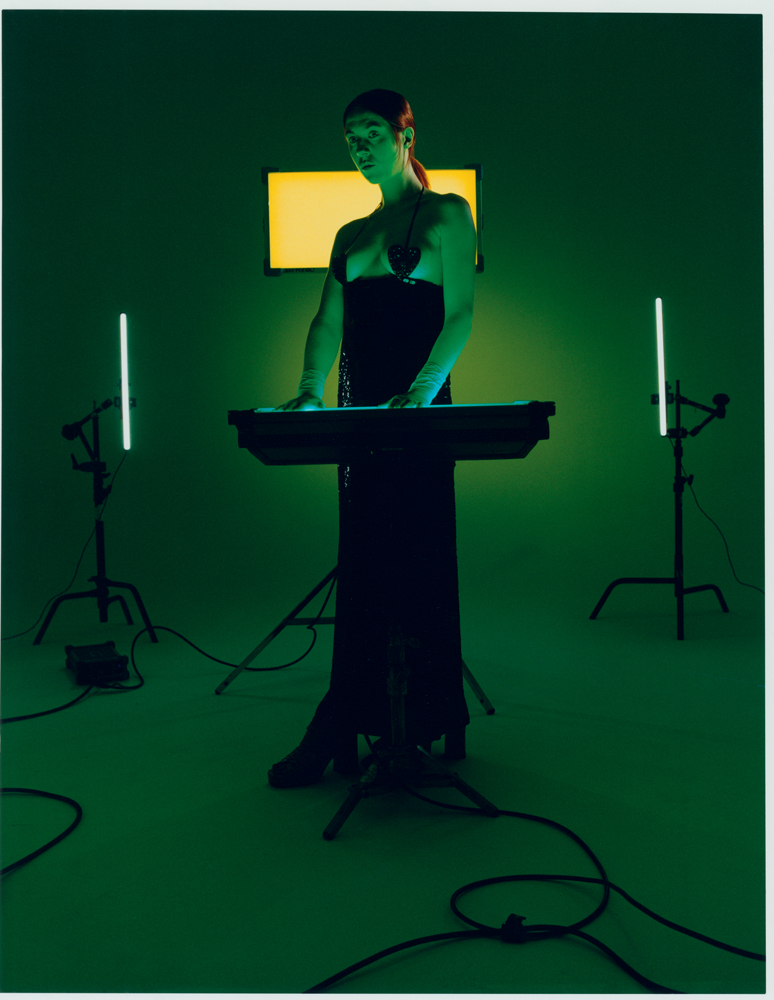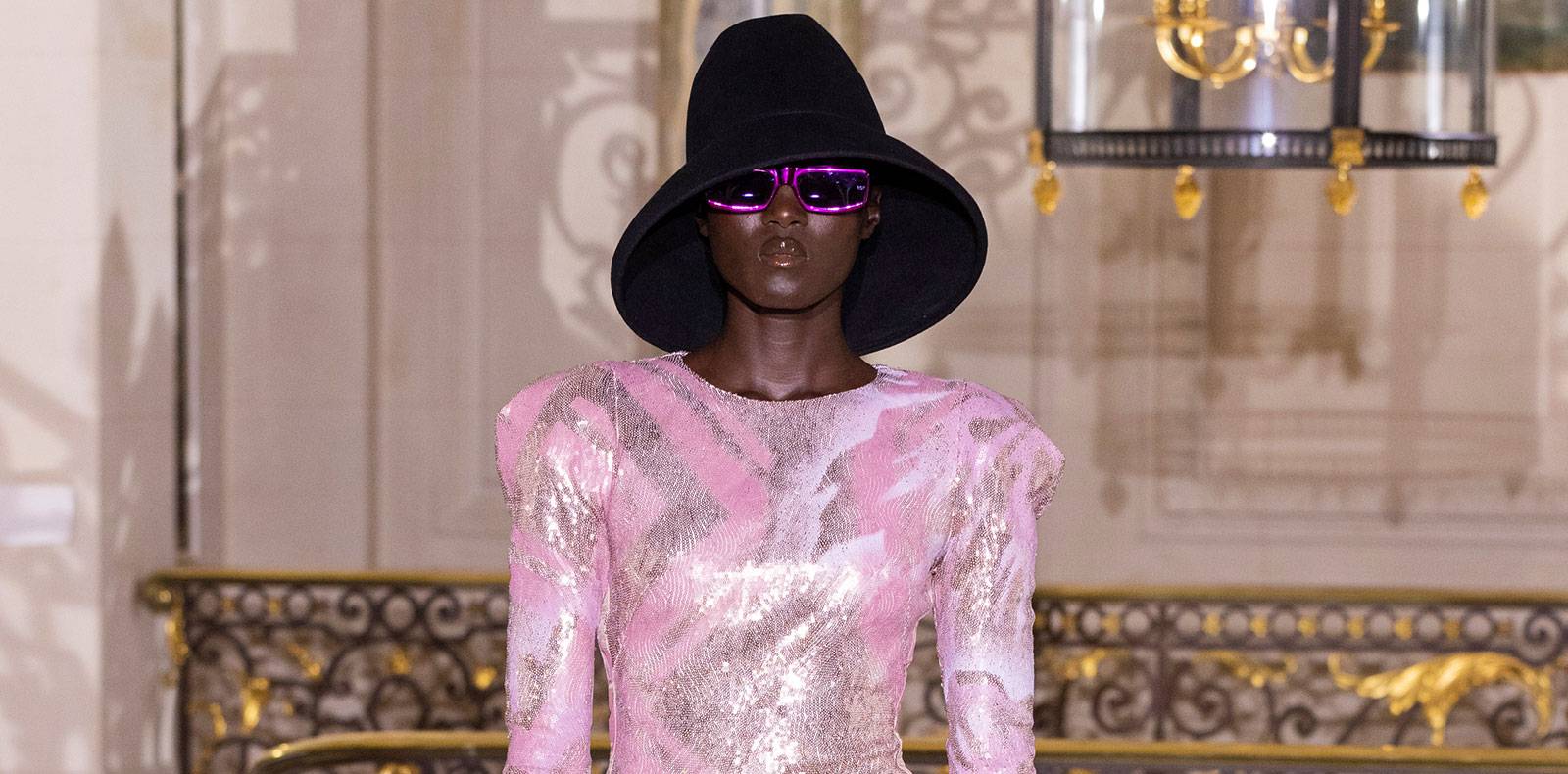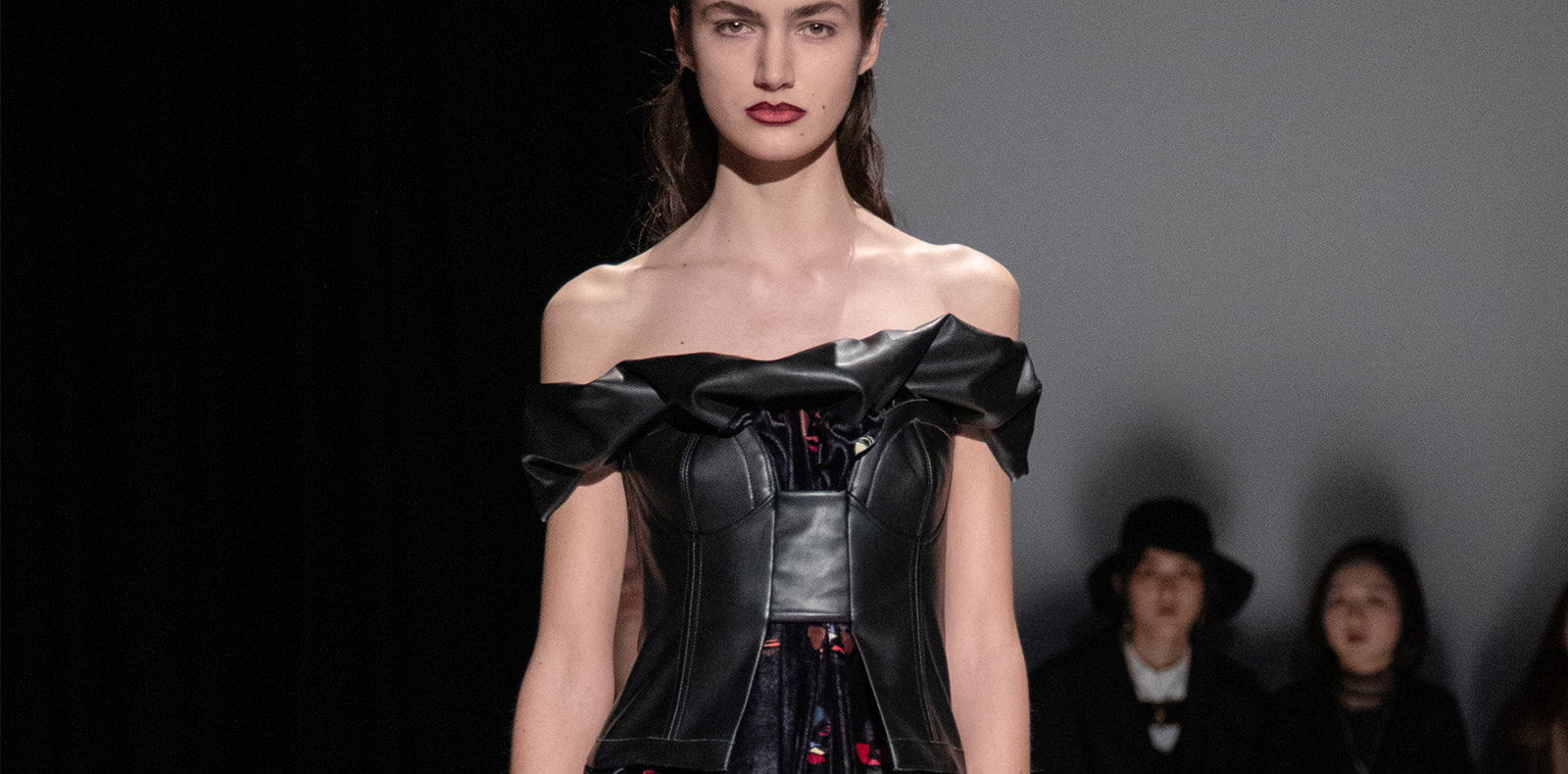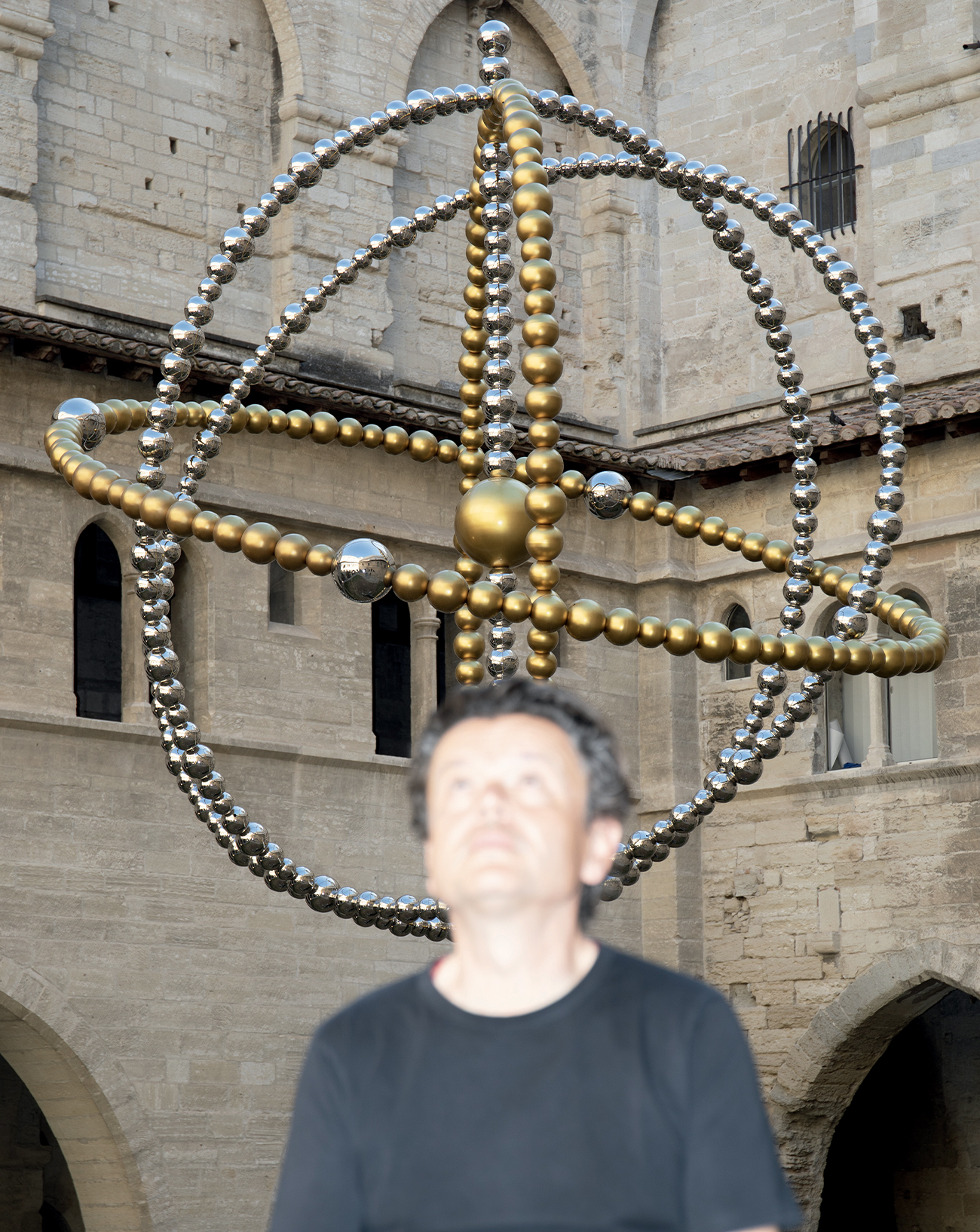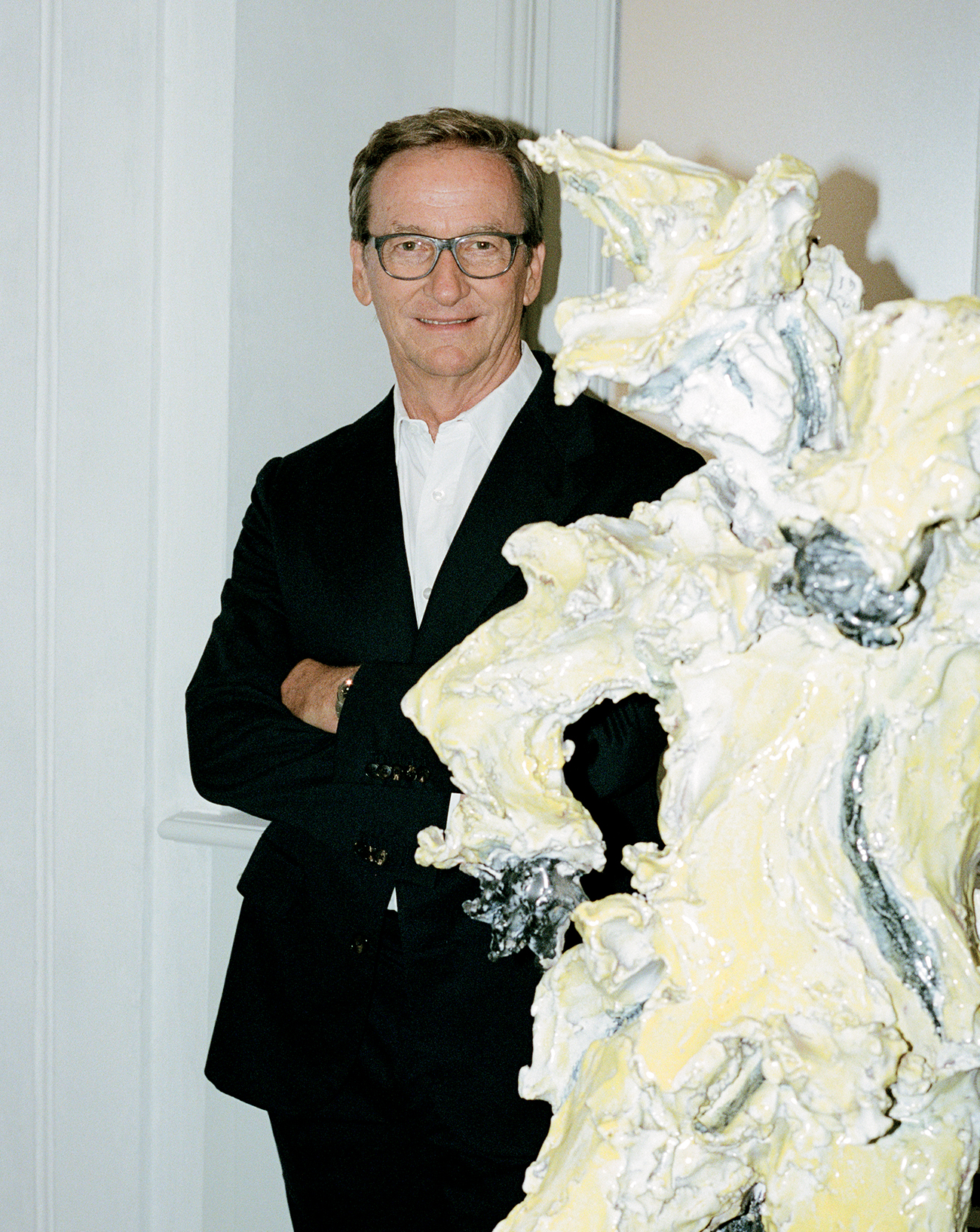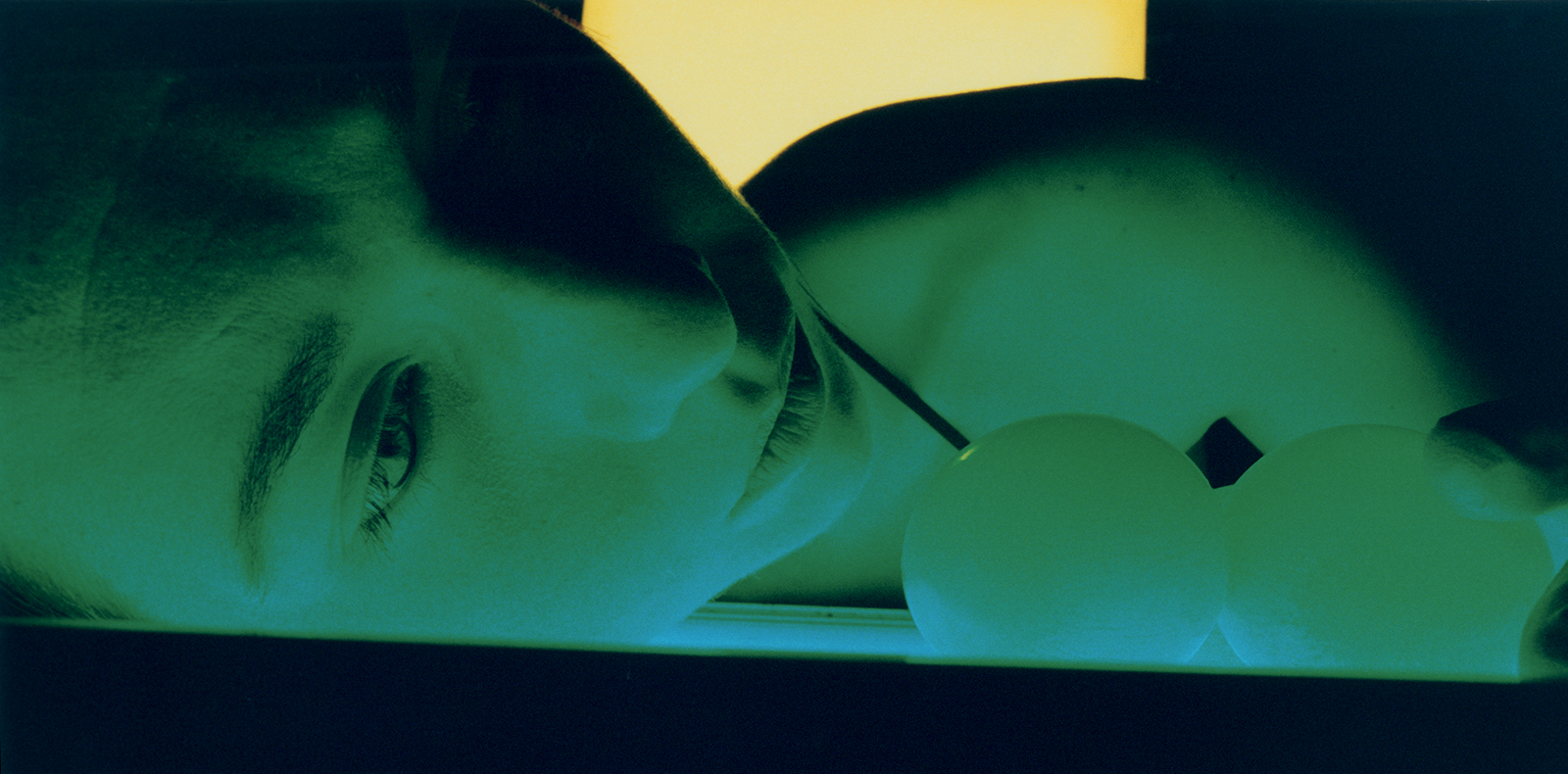
5

5
Salomé Chatriot’s organic art blurs the lines between the real and the digital world
In each one of its issues, Numéro art showcases the French artistic scene most promising young talents. Today, focus on artist Salomé Chatriot, whose hybrid and organic works, combining 3D modeling, sculpture and installation, waver between the real and the digital world.
Portraits by Lee Wei Swee,
Styling by Samuel François,
Text by Matthieu Jacquet.
Don’t call her a “digital artist” but rather an “art alchemist.” Combining electronic manipulation, computer coding, sculpture, performance and 3D modelling, Salomé Chatriot is a veritable Jane of all trades. Fascinated by digital art and interactive design, and driven by a desire to understand them so as to better appropriate them, the young Frenchwoman has been experimenting with these different techniques since her teens. After many all-nighters at ECAL, the visual arts school in Lausanne where she studied, she brought to perfection one of her first major pieces: an interactive installation controlled by her pulse, which set off a chain reaction resulting in the blowing of soap bubbles. For her, the work sums up her approach: an essential relationship to the human body, the role of breathing, the use of technology in generating processes and the integration of virtual images in which fantastic creatures come to life.
Mermaids, fairies and other anthropomorphic figures populate her imagination, and one of her projects is simply titled Harlequin in homage to the commedia dell’arte character: from Harlequin’s famous multi-coloured diamond-patterned costume, she created a patchwork digital skin that formed the basis of abstract compositions. Dominated by beige and purplish flesh tones, animated by curves whose viscous texture recalls that of guts, Chatriot’s 3D modellings of landscapes comprise strange carnal labyrinths in which you sometimes see the fragment of a breast, a hand, or a vulva, their forms becoming “organs” which she then remodels at will. “I find it amazing to completely exhaust a subject, sucking it to the marrow so as to squeeze new results out of it.” To create her inimitable works, she even devises her own virtual materials, colour palettes and relief effects.
Immaculate, complex and sometimes overbearing, machines and technology can imbue works with a kind of repulsive hermeticism. Chatriot knows this well, and, eager to counteract the coldness of the mechanical, digital and prefabricated, covers her creations with the formal softness of the living. Sometimes she recreates skin texture by cast- ing her sculptures in resin, at others the swelling of the heart using inflatable shapes in non-woven Tyvek. Recently, Chatriot has also developed a passion for galalith, a natural whitish plastic made from milk which can take weeks to solidify. Far from being chosen at random, this maternal liquid embodies the many myths that make up her cosmology and give her works their incarnative power.
During the first lockdown, while the entire planet was listening to its own breathing, Chatriot recorded hers for a new performance in which she lies down on a fallen tree. Her respiratory rate inspired a diptych of 3D videos in which moving shapes evoke both lungs and the spirals of seashells, and the finished piece earned her the Siemens Prize. “I think all my work has in common a change of state: from liquid to solid, solid to gas, digital to physical,” explains the woman who describes herself as the “Dr Frankenstein of art.” Chatriot is a doctor who can fuse bodies, machines and nature into hybrid entities, and in doing so traces out the contours of a future artistic epoch where the material and the virtual will interact harmoniously.
